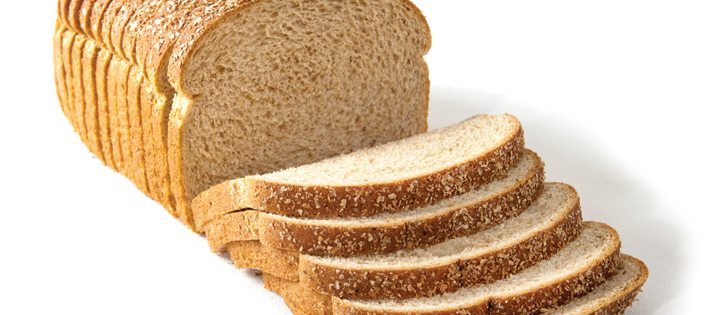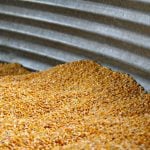Japanese buyers appreciate Canada’s efforts to deal with grain reliability problems, says Cereals Canada president Cam Dahl.
Weakened gluten strength in wheat, delays at port and crop quality problems have caused concerns in Japan, but the fact that Canada is addressing them keeps buyers satisfied.
“They do understand what had happened and had actually expressed appreciation on the transportation front for the effort that Canada is making to correct this problem,” said Dahl, who just returned from meeting with Japanese buyers.
Japan is a steady customer for Canadian wheat, durum and malting barley and is one of the biggest and highest-paying markets.
Read Also

Chinese offer complicates canola marketing
Recently the Chinese ambassador indicated that there would be a potential deal between Canada and China regarding the current tariff war.
The country’s demand changes little from year to year, unlike China, where demand can surge and wane.
In 2013-14 Japan imported 1.59 million tonnes of wheat.
Japan requires top quality product, but that has been hard to deliver for the past few years. Transportation problems in 2013-14, crop damage problems this crop year and weakening gluten strength in Canada Western Red Spring wheat have given millers and bakers headaches.
However, Dahl said Canada is recovering, and Japanese millers and bakers seem pleased with the progress.
“Japan is a long-term, steady, very important, high-quality customer, so it’s important to continue to build these relationships and to sit down to listen to what they have to say,” said Dahl.
The gluten strength issue has sparked increased research on the interaction of wheat varieties and the weather. As well, marketers, grain companies and farmers are more aware that some CWRS varieties are poorer in gluten strength than others.
The Canadian Grain Commission is also exploring what it can do to limit the danger of low-gluten strength varieties upsetting customers who expect better.
“That is one of the drivers behind the review of wheat classifications and proposals to tighten up the requirements for the CWRS class,” said Dahl.
“Even though we had a difficult year this year on the quality front, that is one of the things we see correcting.”
The CGC is proposing a that the quality criteria for CWRS be tightened and that a new milling wheat class be created for varieties with lower gluten levels
Harvest, Lillian and Unity have been identified as potential candidates for reclassification.
Durum quality is also a problem for Japanese millers this year, which is no surprise after 2014’s crop production problems.
“We knew that,” said Dahl.
“There just wasn’t the No. 1 and No. 2 durum around. It just isn’t there. Hopefully Mother Nature will be kinder to us next year.”
Federal agriculture minister Gerry Ritz was with Dahl in Japan, and Dahl said the government’s action to force better rail service had been noticed.
“They do understand what had happened and had actually expressed appreciation on the transportation front for the effort that Canada is making to correct this problem,” he said.
















